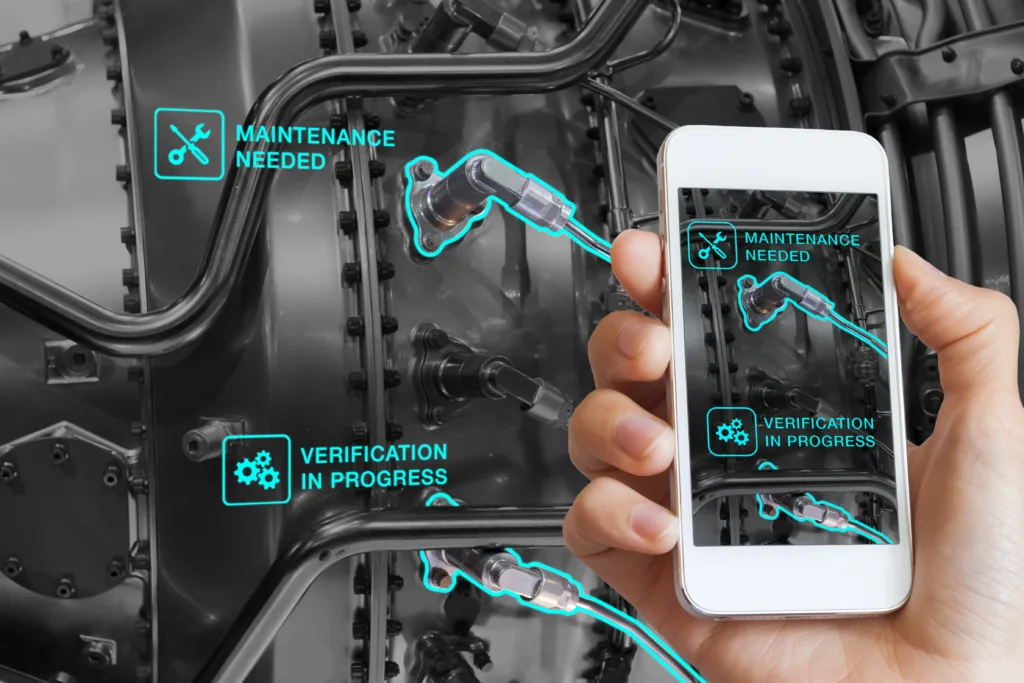Remember the days when B2B eCommerce meant clunky platforms and impersonal transactions?

Those days are fading fast, as the lines between business-to-business and business-to-consumer experiences continue to blur. In today’s digital-first world, savvy B2B companies are recognizing the immense potential in adopting the convenience and emotional engagement synonymous with B2C, unlocking explosive growth and forging deeper connections with their clients.
From Transactions to Value-Driven Partnerships:
Think beyond mere sales figures. Consider Hilti, a construction tool supplier, who’ve become more than just a vendor by offering educational resources, on-site consultations, and even a “Hilti Fleet Management” service that optimizes tool usage and reduces downtime for clients. This value-driven approach resonates with 70% of B2B buyers, according to a McKinsey study, who expect personalized experiences akin to those offered by B2C retailers ([1]).**

Shifting the Focus: From Price Tags to Value Perception:
Price shouldn’t be the sole factor in the conversation. Siemens Healthineers showcases the ROI their medical imaging equipment delivers to hospitals, leveraging data-driven insights on how their systems improve patient outcomes, reduce wait times, and generate additional revenue. This shift in focus, supported by Gartner’s research indicating that 57% of B2B buying decisions are based on value, not just price, resonates deeply ([2]).
Develop case studies and white papers that quantify the ROI your product or service delivers. Use quantifiable data and customer testimonials to demonstrate the measurable value you bring to their business – proof speaks louder than price tags.
Convenience is King, Not a Prince:
Gone are the days of B2B customers navigating clunky platforms. Take Grainger, an industrial supply company, who revamped their website with a mobile-first approach and intuitive search functions. They also offer self-service options like automated reordering and account management tools, saving clients time and effort. This frictionless experience, much like the 74% of B2B buyers who use their mobile devices to research and make purchases according to Forrester, has led to increased customer satisfaction and loyalty ([3]).

Evaluate your B2B eCommerce platform. Is it mobile-friendly, easy to navigate, and equipped with self-service tools? Prioritize user experience and streamline the buying journey for your clients – convenience is no longer a bonus, it’s an expectation.
Personalization: The Power of Tailored Experiences:
Remember, B2B buyers are individuals too. Salesforce, a CRM software provider, leverages customer data to offer personalized product recommendations and targeted marketing campaigns. They also segment their pricing structures based on order volume and industry needs. This tailored approach resonates with 91% of B2B customers, according to Accenture, who are more likely to do business with companies that provide relevant offers and recommendations ([4]).
Analyze your customer data and segment your audience based on specific needs and purchase history. Offer tiered pricing, personalized product recommendations, and targeted content to demonstrate you understand their unique requirements – a one-size-fits-all approach is a thing of the past.
The Human Touch in a Digital World:
AI can’t replace the human connection. Cisco, a technology solutions provider, combines AI-powered tools with a dedicated account management team. They offer expert consultations, readily available support options, and educational resources. This human-centric approach builds trust and ensures clients feel supported throughout their buying journey, something valued by 73% of B2B buyers according to PWC ([5]).**
Invest in training your customer service team and account managers to provide personalized support and expert advice. Offer readily available communication channels and educational resources to build trust and address client concerns – remember, technology enhances the human connection, it doesn’t replace it.
Harnessing the Power of Shared Online Behavior:
B2B buyers are digitally savvy, just like consumers. GE Healthcare doesn’t shy away from social media. They engage in thought leadership on LinkedIn, offer educational webinars on YouTube, and actively participate in industry conversations on Twitter. This multi-channel approach helps them reach a wider audience, build brand awareness, and connect with potential clients where they engage online, just like the 75% of B2B buyers who use social media to research vendors and make purchasing decisions according to Social Media Today ([6]).
Develop a content strategy tailored to your B2B audience across relevant platforms – meet them where they are, engage in meaningful conversations, and build relationships that extend beyond the digital realm.
Bridging the Gap: Actionable Steps for B2B eCommerce Success:
Remember, the future of B2B eCommerce isn’t about choosing sides; it’s about bridging the gap. By incorporating these strategies, you can unlock explosive growth and forge deeper connections with your clients:
- Conduct a Customer Experience Audit:
- Evaluate your current B2B eCommerce platform. Is it user-friendly, mobile-responsive, and equipped with features like self-service options and intuitive search?
- Assess your customer interaction channels. Are you proactively engaging with clients, offering personalized communication, and going beyond transactional relationships?
- Analyze your existing data on customer behavior and purchase history. Can you segment your audience for targeted marketing and personalized recommendations?
- Implement Value-Driven Strategies:
- Offer educational resources, industry insights, and thought leadership content that goes beyond product specifications ([1]).
- Develop case studies and white papers that showcase the quantifiable ROI your product or service delivers to clients ([2]).
- Explore offering additional services or solutions that complement your core product and enhance customer value.
- Personalize the B2B Buying Journey:
- Leverage customer data to segment your audience based on industry, order volume, and purchase history ([4]).
- Tailor your content, marketing campaigns, and pricing structures to cater to specific customer needs and segments.
- Offer personalized product recommendations and targeted promotions based on individual buying behavior.
- Embrace Human-Centric Interactions:
- Invest in training your customer service team and account managers to provide personalized support and expert advice ([5]).
- Offer multiple communication channels like phone, email, and live chat, ensuring prompt and responsive customer service.
- Organize webinars, workshops, and industry events to engage with clients and build deeper relationships.
- Leverage B2B Social Media Strategically:
- Create engaging content tailored to your B2B audience on relevant platforms like LinkedIn, Twitter, and YouTube ([6]).
- Participate in industry discussions, answer questions, and showcase your expertise in thought leadership pieces.
- Utilize social media for targeted advertising and connecting with potential clients on relevant forums and groups.
- Prioritize Continuous Improvement:
- Track key metrics like conversion rates, customer satisfaction, and average order value to measure the impact of your B2B eCommerce strategies.
- Regularly gather feedback from clients through surveys, interviews, and focus groups to identify areas for improvement.
- Stay updated on the evolving B2B eCommerce landscape and adopt new technologies and best practices to maintain a competitive edge.
By bridging the gap between B2B and B2C approaches, you can create a seamless and personalized buying experience that fosters lasting relationships with your clients, drives long-term growth, and positions your B2B eCommerce business for success in the digital age.

If you have questions or need assistance executing these strategies, our team is available at hello@tidalcommerce.ca.
Footnotes:
- McKinsey & Company, “The B2B buyer wants a B2C experience,” McKinsey Quarterly (October 2018)
- Gartner, “2023 Gartner B2B Buying Journey Report,” (accessed February 13, 2024)
- Forrester Research, “B2B Buyers Look to Mobile for Research and Purchases,” (accessed February 13, 2024)
- Accenture, “The B2B Customer Experience Reimagined,” (accessed February 13, 2024)
- PwC, “B2B Customer Experience Trends 2023,” (accessed February 13, 2024)
- Small Business Genius, “75% of B2B Buyers Use Social Media to Research Vendors,” (accessed February 13, 2024)


